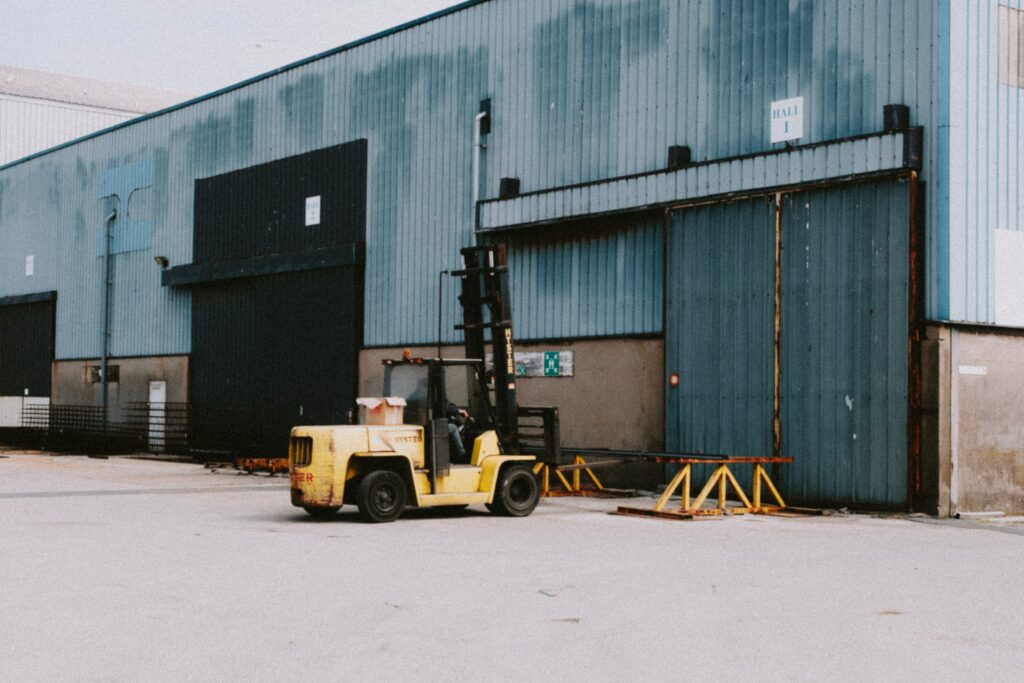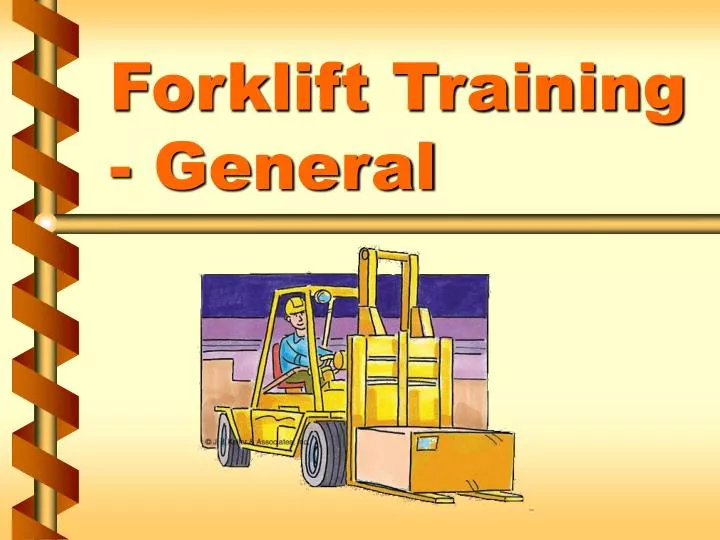


Employers in such instances where there is a lack of valid licenses may even be held liable for any losses incurred.5. Any accidents caused due to negligence in this aspect can not only result in substantial losses to the business in terms of product and equipment damage but also results in serious injuries to the employees and can even cause death. Even after you get licensed, it is important to keep updating your knowledge on the recent additions to this equipment in terms of enhanced levels of sophistication, which is why forklift licenses need to be renewed every 2-3 years.Īll employers must ensure that their employees are certified in forklift operation as is required by the law.
Forklift training full#
It is important to know what you are doing when dealing with heavy equipment to operate the machine to its full capability and lack of either skill or practice can lead to serious injuries. This knowledge of the equipment type and training in its safe operation will let you do your job with more confidence and increase your efficiency at the workplace. Our forklift training courses are designed keeping in mind the type of equipment and the best way operators can get maximum output from their time operating each one of them. The number of incidents causing injuries to workers operating such equipment in the past has resulted in stricter measures to be put into force to ensure proper safety precautions are being put into effect. There are several reasons why forklift training is essential for any personnel working in industries that require material handling.Īs per CSA and OSHA standards on equipment handling and training, every operator must be trained to operate a piece of heavy equipment at any job site. It is key to abide by the safety rules and regulations to reduce the possibility of incidents at the workplace due to negligence which means less downtime and more productivity. We offer safety check logbooks to help you maintain records in a streamlined and efficient way. If the operator finds anything wrong with the truck such as leaks or loose wire components, it must be entered in the report and equipment should be marked not suitable for use until the issues have been fixed. Every operator who works with the forklift must complete the checklist and make the proper entries on the report. The best way to ensure the safe operation of forklifts and other material handling equipment is to keep a safety inspection checklist and report with the forklift truck. Verify that there no warning lights and all the controls work fine.Any leaks or loose electrical components.These will include a detailed safety inspection of the equipment to check all the following: Now that you have your certification in forklift operation, you are legally allowed to operate it at your job site, however, getting your certification does not necessarily mean that accidents cannot happen which is why proper safety measures must be taken every time before using a forklift. The counterbalanced sit-down forklifts are classified as class 1,4 or 5 whereas the narrow-aisle forklift is classified as a class 2.
Forklift training how to#
Each forklift, depending on its specifications and load capacities requires training on how to operate them and thus, requires different certifications. The operator on this type of forklift can also be on the side of the forklift depending if it is a side loader or a front loader. Some examples of narrow-aisle forklifts are order pickers, electric jack pallets, and walkie stackers. These lift trucks offer higher lifting capacities as well as mobility in tight spaces, however, the operator simply stands at the back of the truck to steer it and has controls to the forks of the truck from the panel located there. A narrow-aisle forklift, as the name suggests is used in smaller warehouses where space is limited. The counterbalanced forklifts are available in electric, LPG, propane, and diesel models. It also has a cab for the operator to sit in and drive the truck along with the controls to move the forks while loading and unloading. A counterbalanced forklift can lift heavier weights due to a bigger counterweight placed at the rear of the truck. The differences between these two types of forklifts are their areas of application and load capacities. The two main types of forklifts are counterbalanced (sit-down) forklift and the narrow-aisle forklift also called a reach truck. There are different kinds of forklifts with functionalities and attachments specific to the type of application and the space provided to perform that job.


 0 kommentar(er)
0 kommentar(er)
